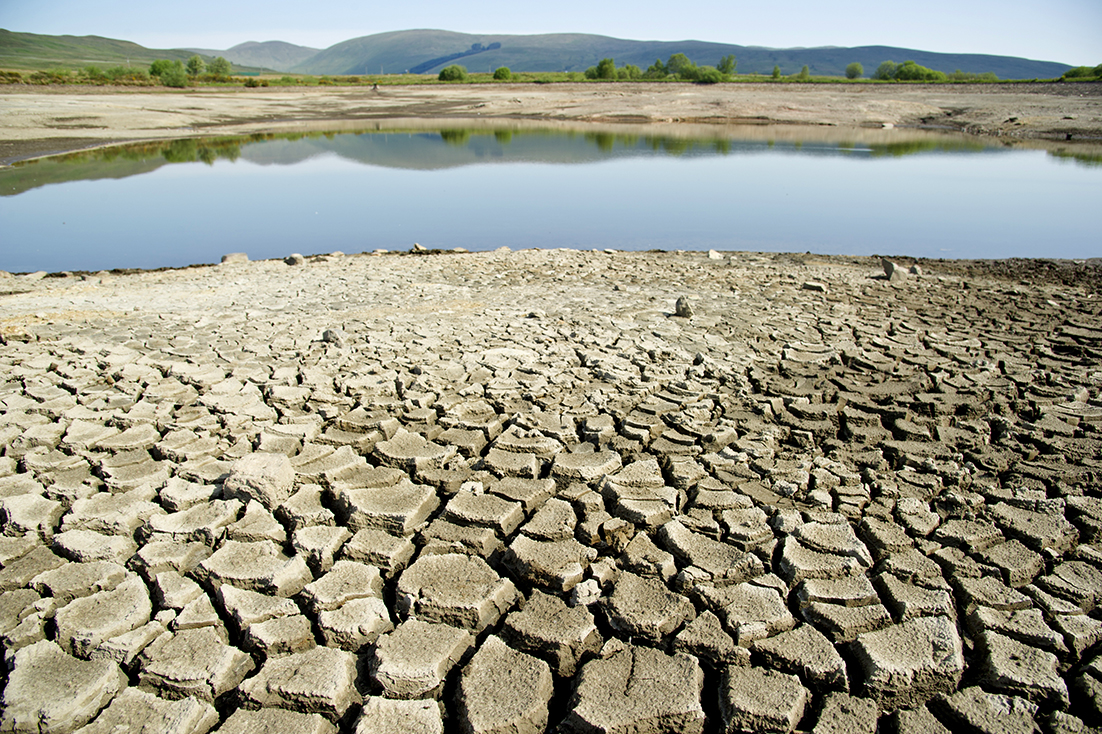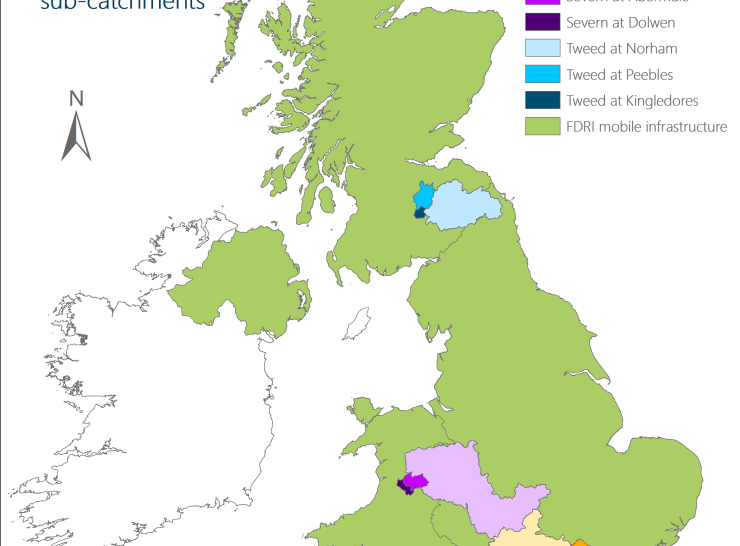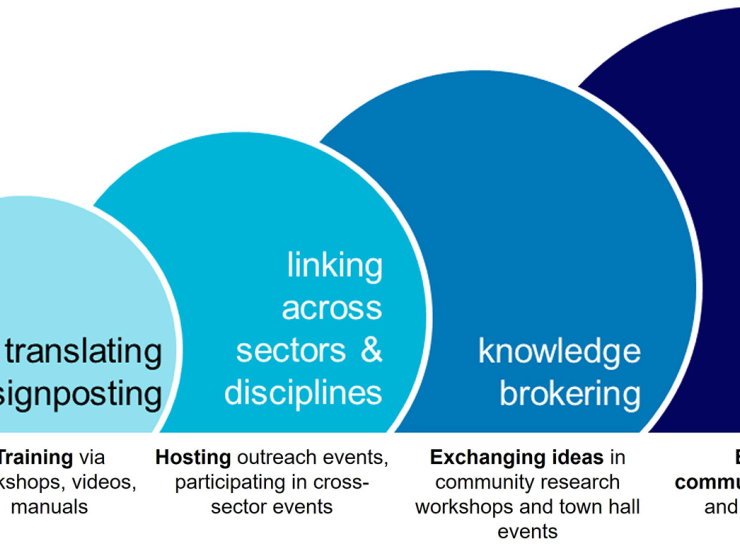As a NERC National Capability delivery partner, the UK Centre for Ecology & Hydrology (UKCEH) is leading FDRI’s implementation and will support its operation beyond 2029.
The FDRI project includes four phases.

(A text description of this image is provided at the end of this page)
Our partners at the University of Bristol, British Geological Survey and Imperial College London are working with us to deliver the implementation phase. We are also seeking input from the FDRI Community Advisory Group and other stakeholders.




